Action Potentials for November
1: Zebra finches are widely studied for their courtship song. Males learn the song from their fathers, so it can be altered over time via cultural transmission.
A new study generates the first connectome of Area X, which is a specialized nucleus within the larger basal ganglia system of zebra finches that is responsible for learning the courtship song. Because Area X contains all the major basal ganglia cell types (i.e. striatal, pallidal, and subthalamic neurons) in one small region, it also offers a tractable way to study an entire basal ganglia circuit at synaptic resolution.
To preserve the zebra finch brain, they fixed it via perfusion with formaldehyde and glutaraldehyde at high pressure. They then did serial block-face electron microscopy to generate a volume of 256 x 256 x 384 µm3. They primarily used automated reconstruction and found that it was quite effective even without extensive proofreading, allowing them to eventually have 8,576 fully reconstructed neurons:
In vertebrates, the three basal ganglia subcircuits usually described are the direct, indirect and hyperdirect pathways. They were able to trace these pathways and also to draw quantitative conclusions about their relative strengths — i.e., the percentage of synaptic area per pre-synaptic/post-synaptic cell type. Here is that data for the hyperdirect pathway:
This is super interesting for people studying the basal ganglia, but maybe not for some other people. In a companion paper, a group uses this connectome to study a question of more general interest: the biological solution to the credit assignment problem in machine learning.
But first, what is the credit assignment problem?
As we take actions and experience things, it is useful if we can change our nervous systems to become better adapted to our environments. This is true of both artificial and biological neural networks.
In artificial neural networks, researchers usually use backpropagation for this. This is a famous algorithm that propagates error signals backward through the layers of a neural network, calculating gradients to determine how each connection weight should be adjusted to minimize prediction errors.
Backpropagation has been critiqued as not biologically plausible. Instead, an alternative algorithm called node perturbation has been proposed. In this model, instead of computing exact gradients, the network estimates gradients by injecting random noise into neurons and measuring how these perturbations affect performance. This allows each synapse to learn based on the correlation between its own activity, the injected noise, and a global reward signal:
How could this be implemented in the brain? To understand, we need some more anatomical background. The Medium Spiny Neurons (MSNs) in the zebra finch Area X receive synaptic input from three key brain regions, which are each thought to have different roles:
a: Lateral magnocellular nucleus (LMAN) - this acts as a source of vocal variability in the song motor system.
b: HVC (a brain region whose name doesn’t stand for anything) - this generates a sparse timing signal that controls vocal output at each moment in the song.
c: Ventral tegmental area (VTA) - this sends information about song performance via dopaminergic axons.
The authors argue that the node perturbation model makes an anatomical prediction: if neurons from the LMAN inject variability (like adding noise) and those from the HVC encode timing context, then LMAN axons should preferentially synapse onto MSN dendritic shafts, while HVC axons should preferentially synapse onto MSN dendritic spines.
This is because spines are electrically isolated compartments well-suited for coincidence detection and maintaining temporary eligibility traces, whereas shaft synapses can depolarize the dendrite more broadly to modulate plasticity at a set of nearby spines.
And indeed, this is what they found in the Area X connectome data set. HVC axons synapsed predominantly onto dendritic spines, whereas LMAN axons showed a preference for dendritic shafts:
In other words, this is evidence that credit assignment could be solved in biological neural networks based on having different types of excitatory synapses interacting on a single dendrite: one type to inject variability (in this case, LMAN axons), one type to correlate that variability with reward signals (timing context from the HVC), and one type to assign credit to the synapses that lead to improved performance (dopamine reward signals from VTA).
They note that the way credit assignment is implemented might be different in different brain regions. But just due to parsimony, I kind of doubt that. My guess is that whatever the learning algorithm is, it is probably the same in different brain regions, at least for spiking neurons. However, while their results are compelling, they’re still largely correlational, and this paper is not the final word on the topic.
2: A study in mice uses correlated light and electron microscopy to map the synaptic inputs onto the dendrites of three interneuron types — those containing calbindin-D28K (CB), calretinin (CR), and parvalbumin (PV). 3D reconstructions show that parvalbumin-positive interneurons have the highest synaptic density and also are the only type with clear spatial clustering of synaptic inputs.
3: Evidence in the blood of elevated levels of the protein Myelin Oligodendrocyte Glycoprotein (MOG) around 7 years before a diagnosis of multiple sclerosis (MS). 1 year after that (around 6 years prior to diagnosis), they found elevated levels of neurofilament light chain, indicative of axon damage.
4: Study uses thousands of histological sections from 5 formalin fixed human “hemibrains” (one half of a brain) to develop a new probabilistic atlas of the brain that can be used for MRI studies:
5: A study finds that intact whole rat brains stored in formaldehyde at 4°C have stable c-Fos and GAD67 immunofluorescence signals for up to 10 months with no degradation. However, pre-cut brain slices stored under these same conditions showed a loss of c-Fos signal and a slightly increased GAD67 signal. My guess is that the loss of c-Fos staining is likely due to ongoing crosslinking causing epitope masking of this protein, which is present in the nucleus (a crowded space).
6: A study demonstrates a new method of “atomic stencilling.” They first create iodide masks and then “paint” polymer coatings over these to create patchy particles in precise patterns. This could be thought of as another baby step in the very long road towards generalized nanotechnology.
7: A new method of drug delivery: gel capsules with iron oxide nanoparticles that can be steered through blood vessels using external magnetic fields. The nanoparticles can then be heated by a high-frequency magnetic field to dissolve the gel and release the medication at the targeted site.
8: A new trial (n = 62) finds that IV ketamine is not more effective than IV midazolam for the treatment of depression in an inpatient setting. I’ll note that benzodiazepines are also fairly effective for depression short-term though.
9: Delix Therapeutics was founded in 2019 to develop psychoplastogens (aka neuroplastogens), which is a term for compounds designed to rapidly promote neuroplasticity. They just reported Phase Ib trial results showing that zalsupindole, a non-hallucinogenic analog of 5-MeO-DMT, led to a ~50% reduction in depression scores in patients with depression, which persisted for 4 weeks after treatment ended. The FDA has now cleared a Phase II trial design with at-home self-administration of zalsupindole.
10: Alzforum discussion of three new phase I clinical trials of stem cell replacements in Parkinson’s disease. BlueRock is conducting a phase III trial to test the efficacy of stem cells to replace dopaminergic neurons, with a plan to enroll 102 participants with moderate severity Parkinson’s disease.
11: Genetic correlations between classically neurologic and psychiatric conditions. Some interesting findings, such as a negative correlation between OCD and stroke risk. Others I expected from previous data, such as there being a positive correlation between general cognitive ability (COG) and autism spectrum disorder (ASD), anorexia, and (insignificantly) OCD, as opposed to a negative correlation between general cognitive ability and most other psychiatric diagnoses. I love looking at this kind of correlation matrix. I encourage everyone to just take their data and throw all of it into a big correlation matrix.
12: There are now more personalized gene-editing therapies for rare diseases, such as CRISPR. A new paper discusses efforts with the FDA to establish a regulatory pathway for “umbrella” treatments that could treat patients with different genetic variants under a single platform approval.
13: A history of how the electron microscope was invented.
14: Elon Musk predicts mind uploading in 10-20 years. He argues this could help address AI alignment by increasing human cognitive bandwidth, the concern being that if humans communicate too slowly relative to AIs, AI systems might simply ignore us. And Elon has famously never been too optimistic on technology timeline predictions.
15: A very nice report on the current state of whole brain emulation by Niccolò Zanichelli, Maximilian Schons, Isaak Freeman, Philip Shiu, and Anton Arkhipov. Worth checking out if you’re interested in this space.
They have a chart of the decreasing cost of mapping a single neuron over time:
They also have a nice figure showing the currently available electron microscopy-based connectomes for different organisms:
And here they have a diagram of some of the components it would take to build an emulation of C. elegans:
16: A presentation by Jordan Matelsky at the Foresight Neurotech Workshop on the path to scaling whole brain emulation. Argues that structural imaging is scaling faster than functional recording, so the key bottleneck is now solving the “structure-to-function” problem. I fully agree with this. And that perturbation experiments can dramatically reduce the data requirements for learning how the molecule-annotated connectome maps to neural transfer functions. I’m unsure on that part, but it seems reasonable.
17: Episteme is a new for-profit R&D company that aims to do research in physics, biology, and engineering. If you look at their jobs board, two of the jobs are for neural circuit imaging and modeling:
The job description says that they will be working with Michael Skuhersky, who recently wrote an article on the importance of simulating C. elegans brains.
This suggests to me that one of their areas of focus may be on simulating the nervous system of C. elegans.
In other words, it looks like Eon Systems might have some competition in the for-profit world of brain simulation and emulation R&D.
It’s hard for me to see what near-term applications this type of R&D would have, unless one expects very rapid AI development that would accelerate progress dramatically. However, there are quantum computing companies even though some people estimate that useful quantum computing (compared to classical computing) is still many years away. So maybe it makes sense that there would be neuro simulation start ups as well, making a similar bet.
18: A couple of weeks ago I had a moderated discussion with Aschwin de Wolf about comparing fixation and pure cryopreservation as two different approaches to brain preservation. Thanks so much to Becca and Max for organizing this and including me in it.


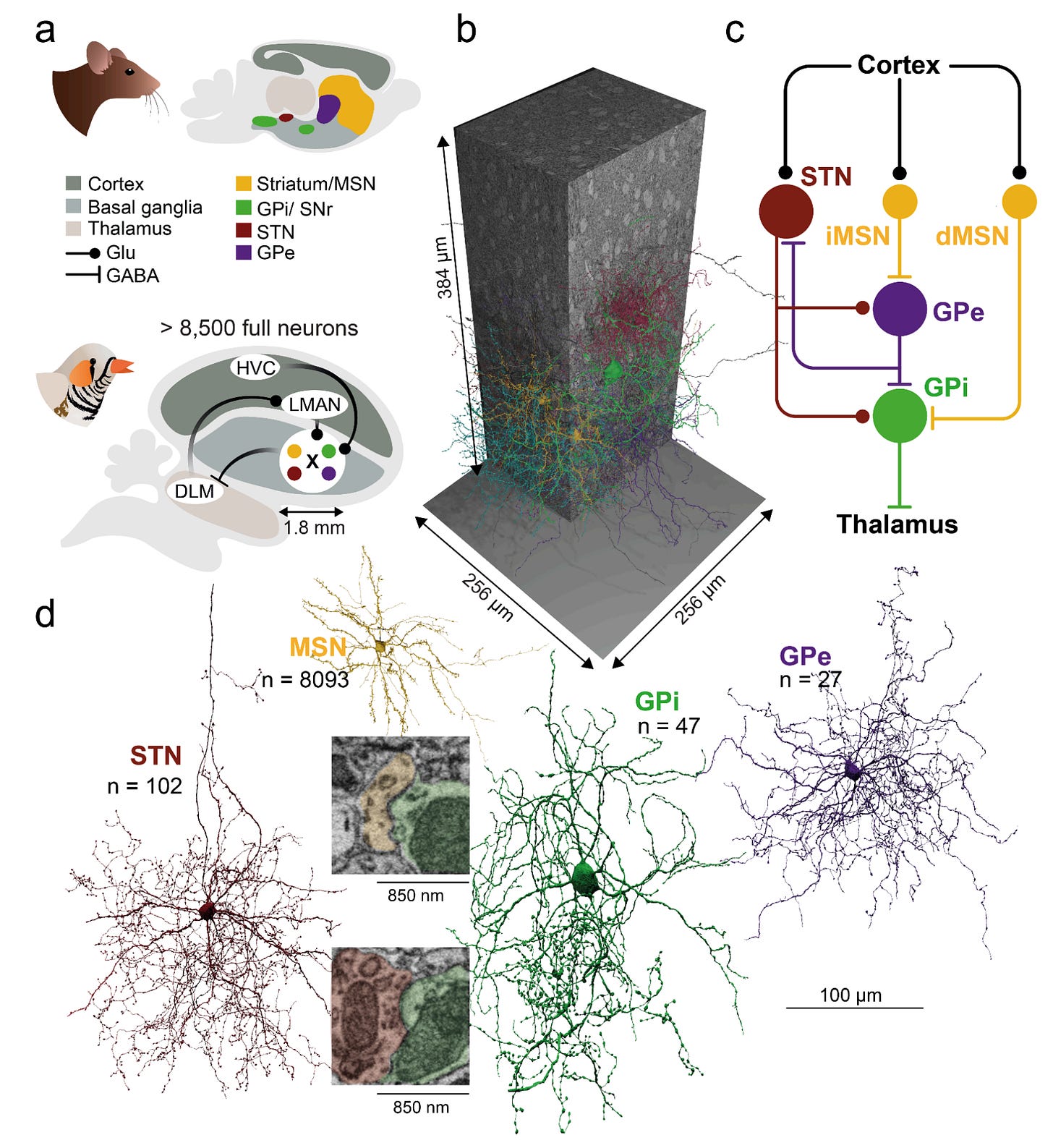

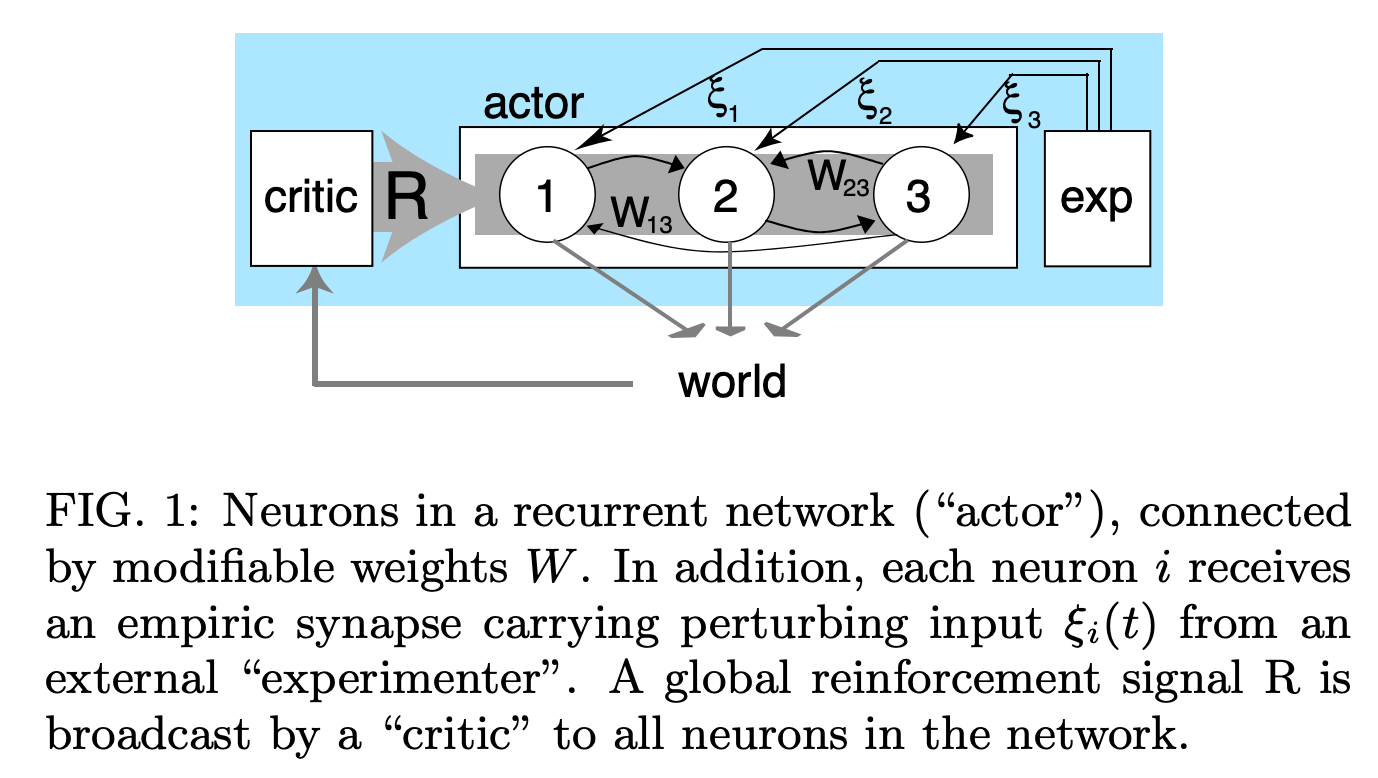
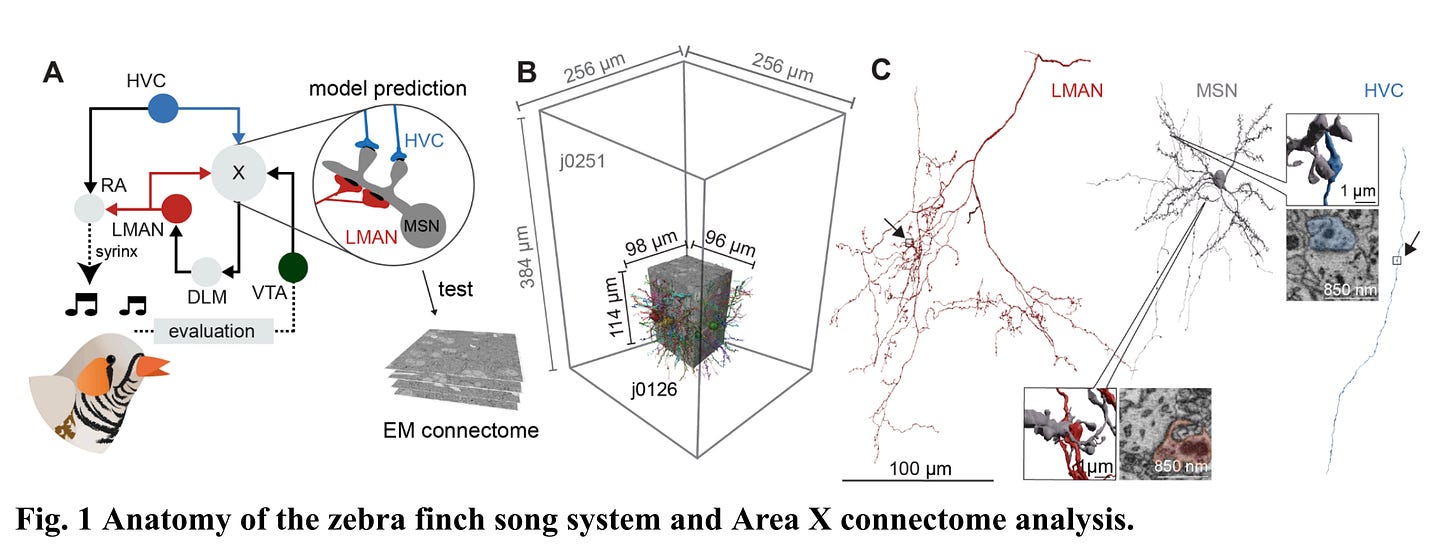

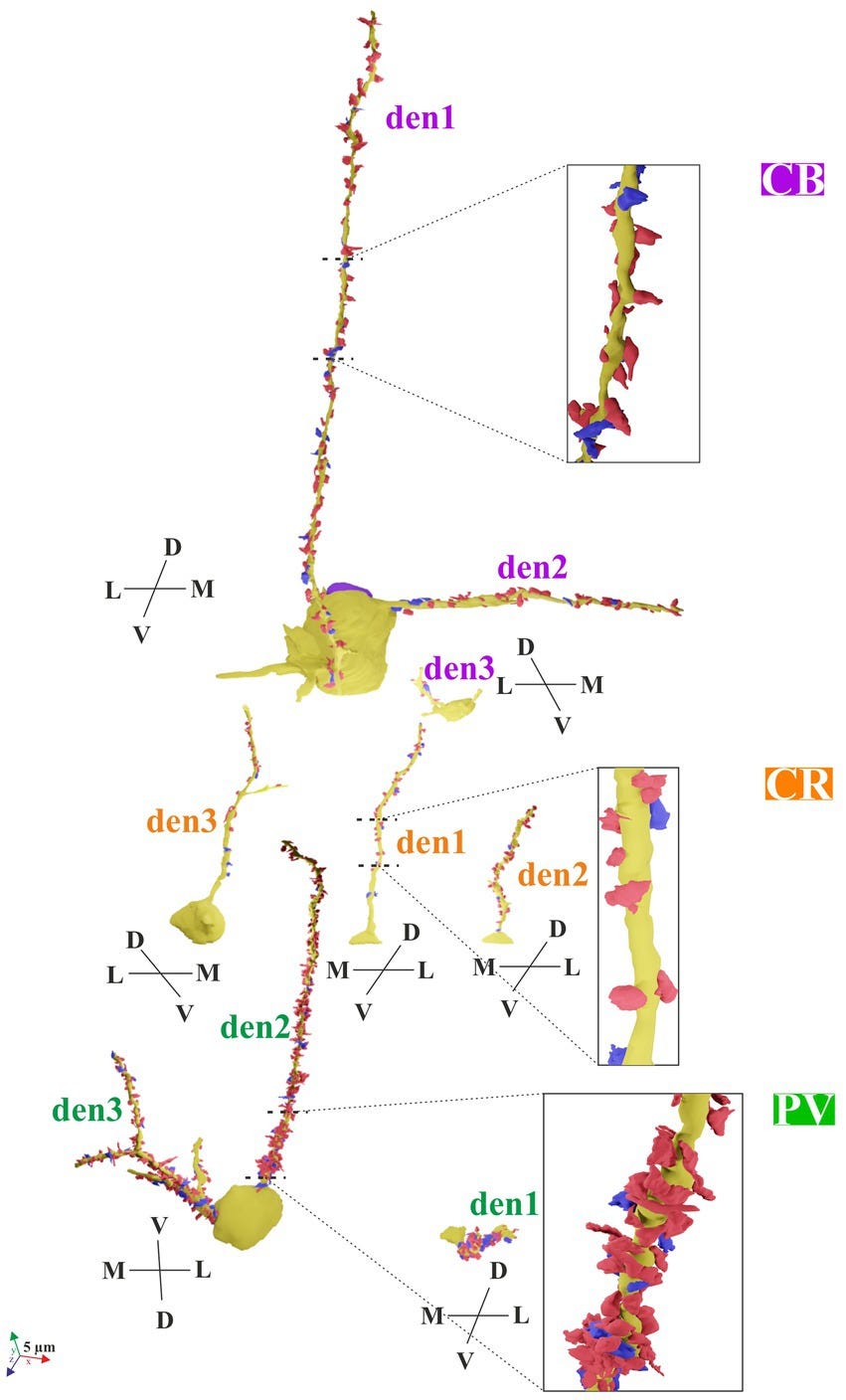





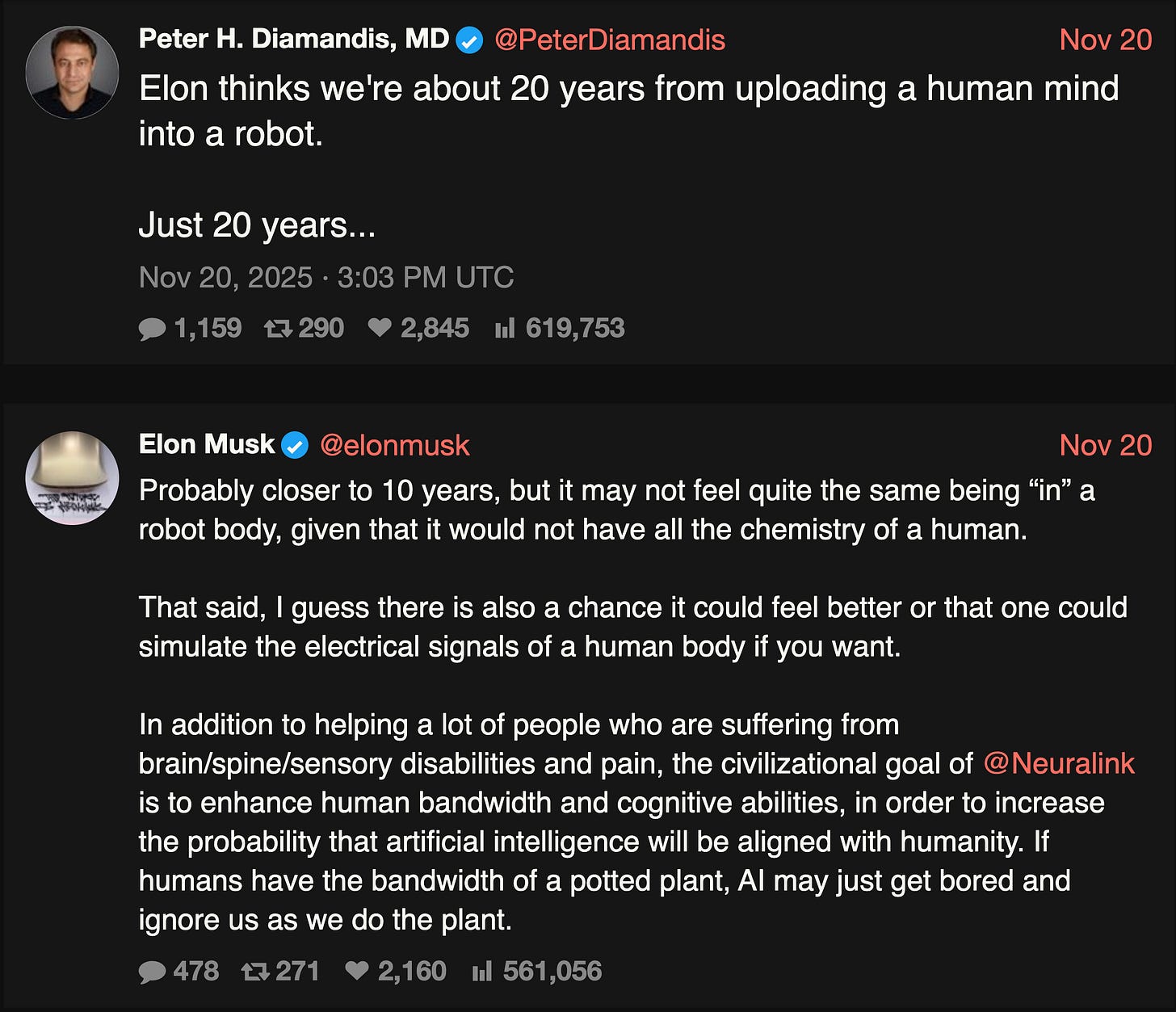

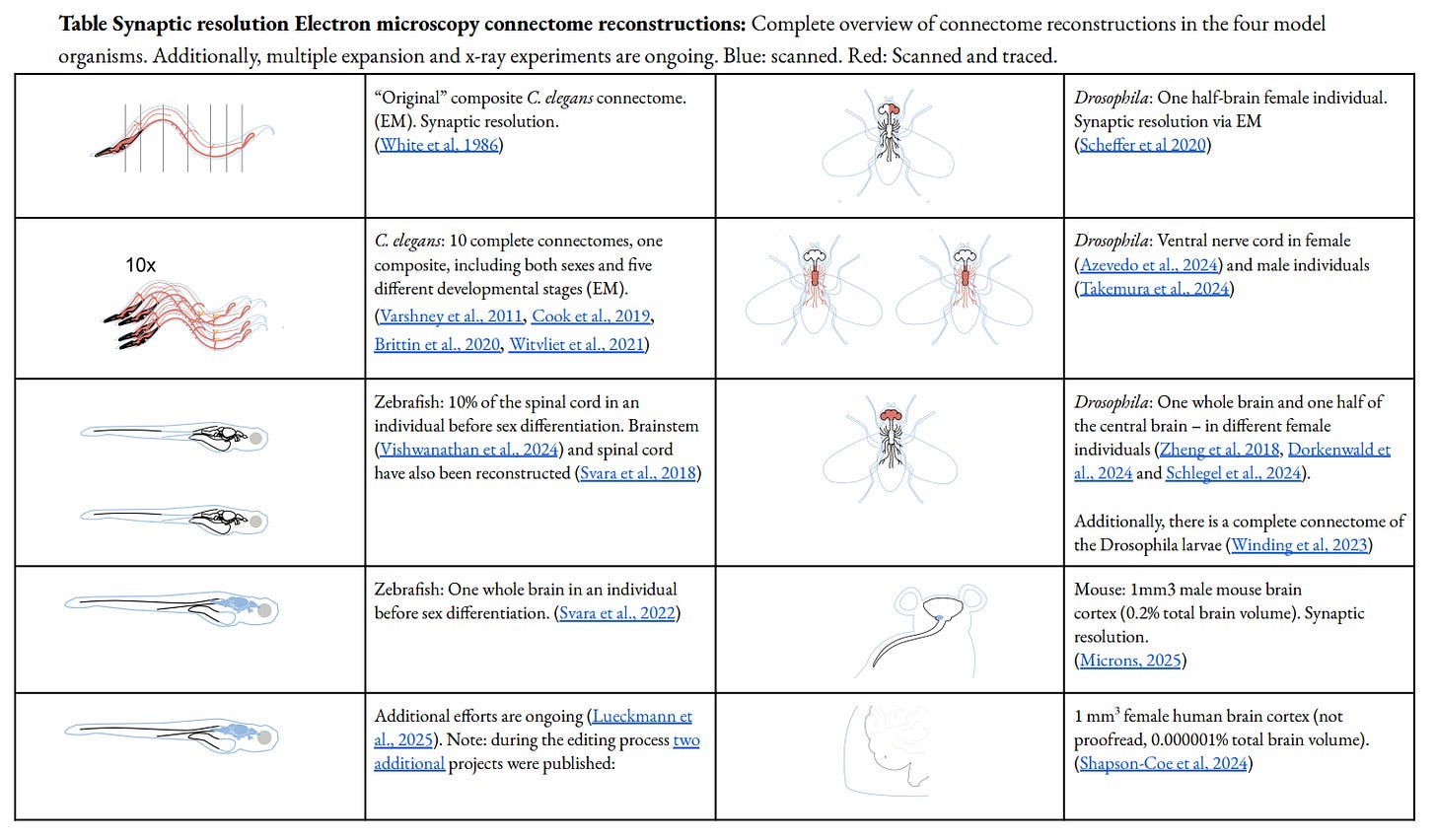


Interesting as always thank you! The review in #15 looks excellent and accessible.
Amazing as usual!
One question, if the brain is fixed with aldehydes for electron microscopy, doesn’t that mean you can only see static structure and not any real biological dynamics?